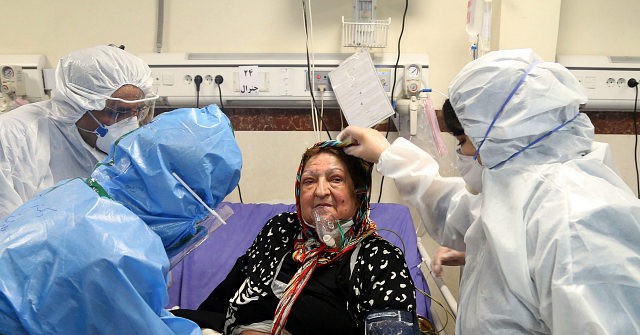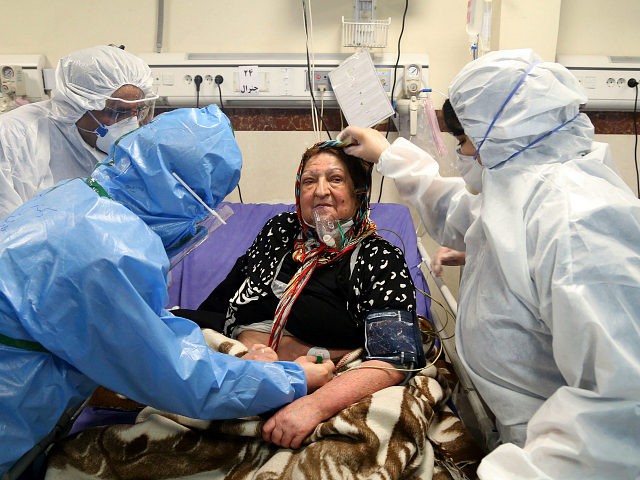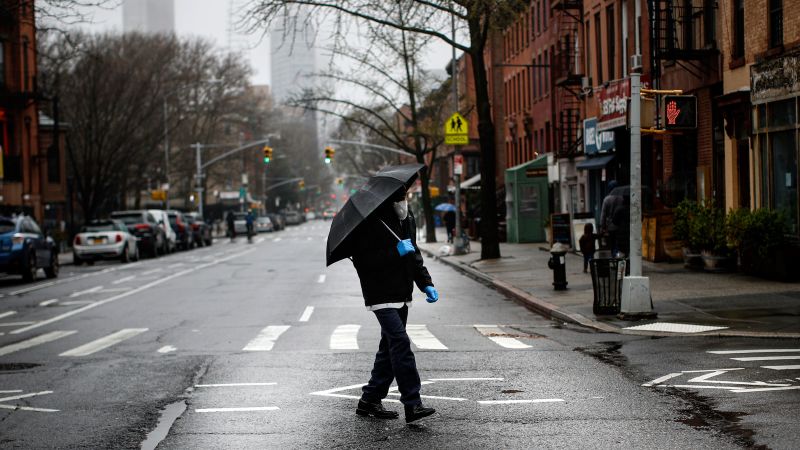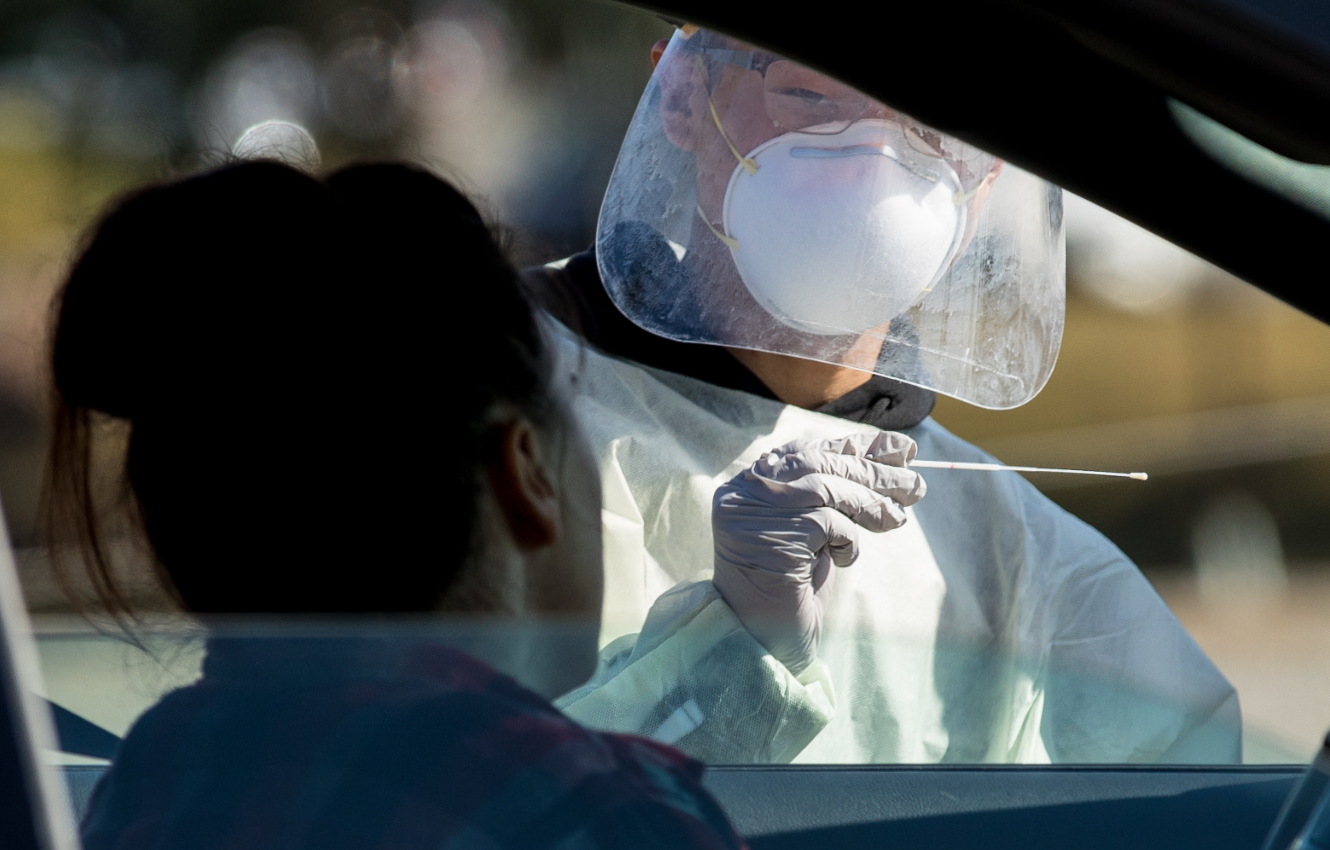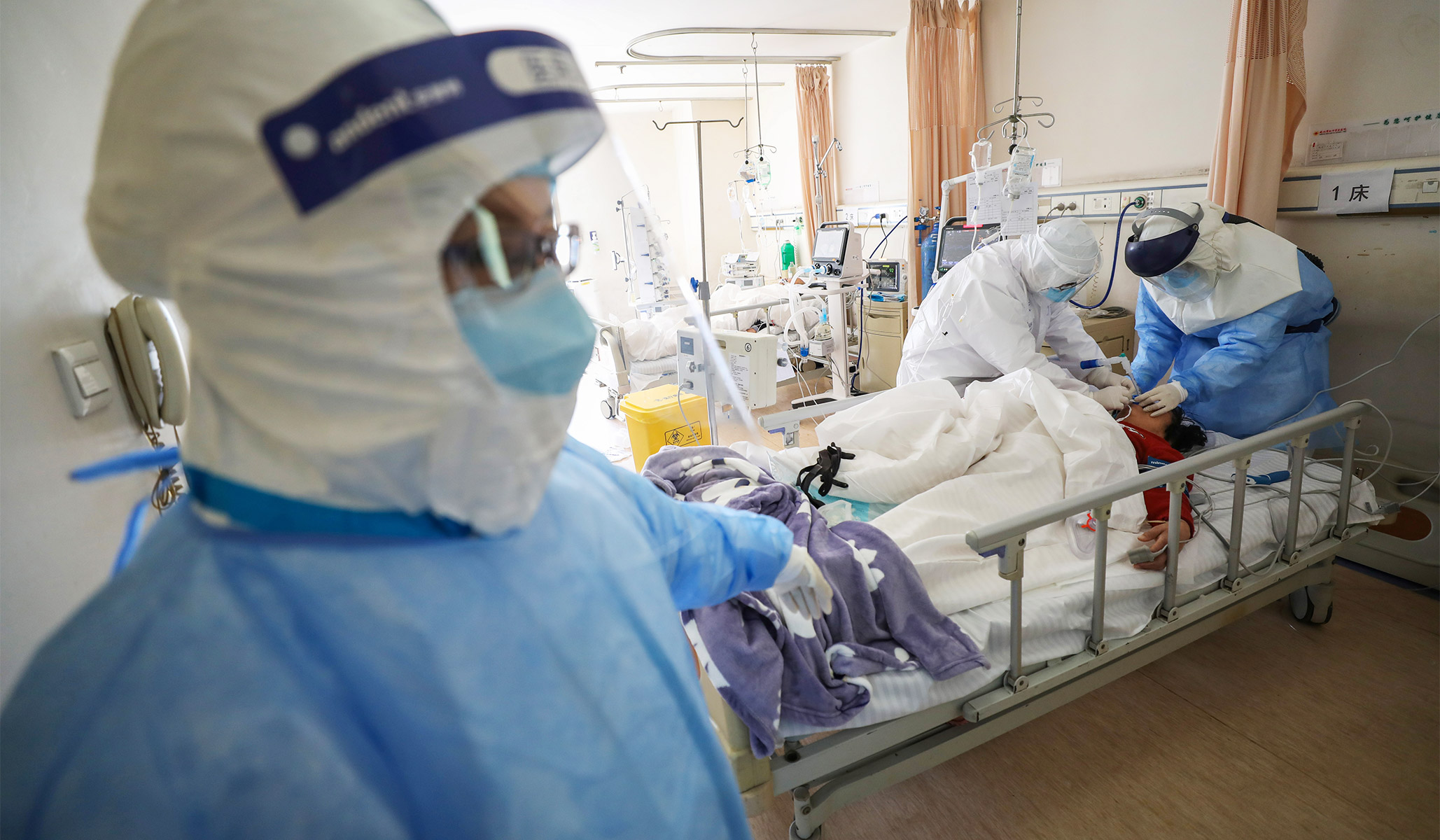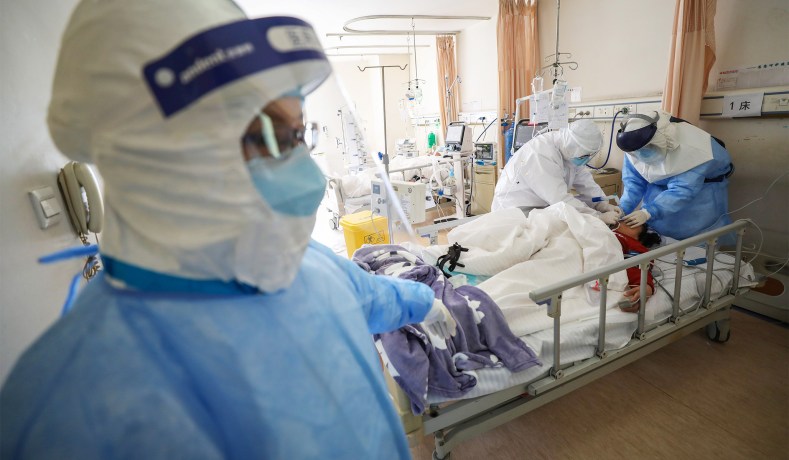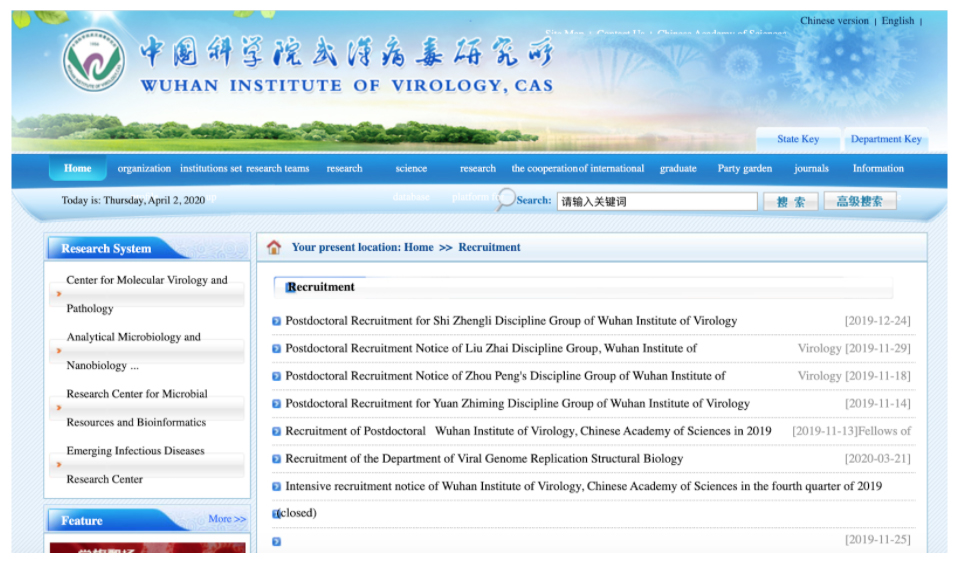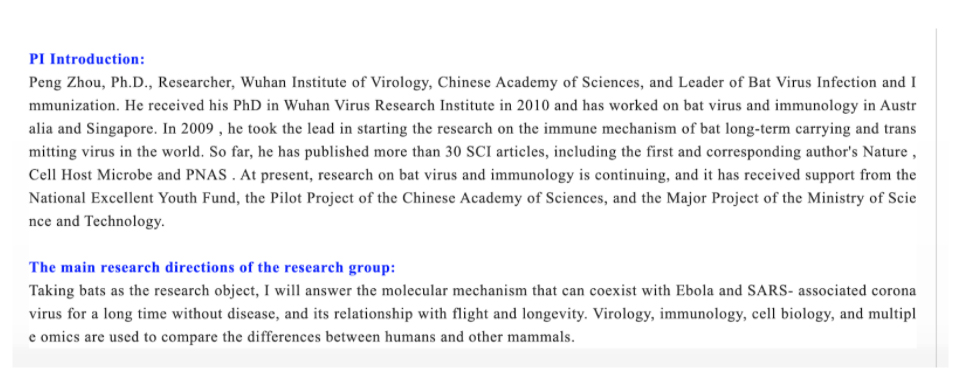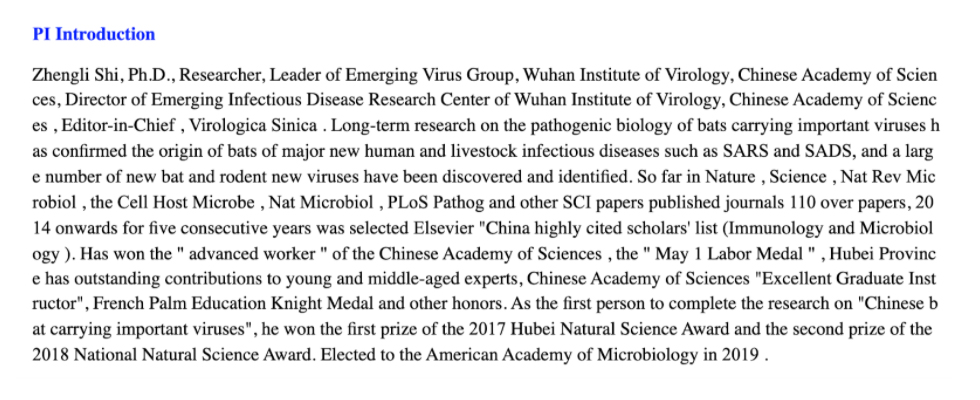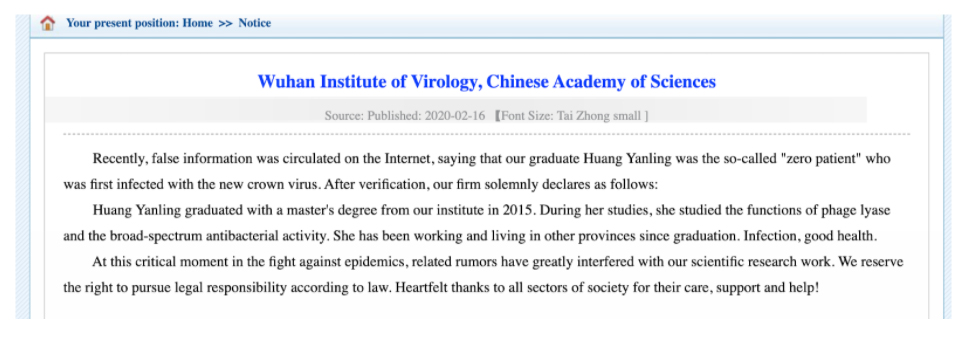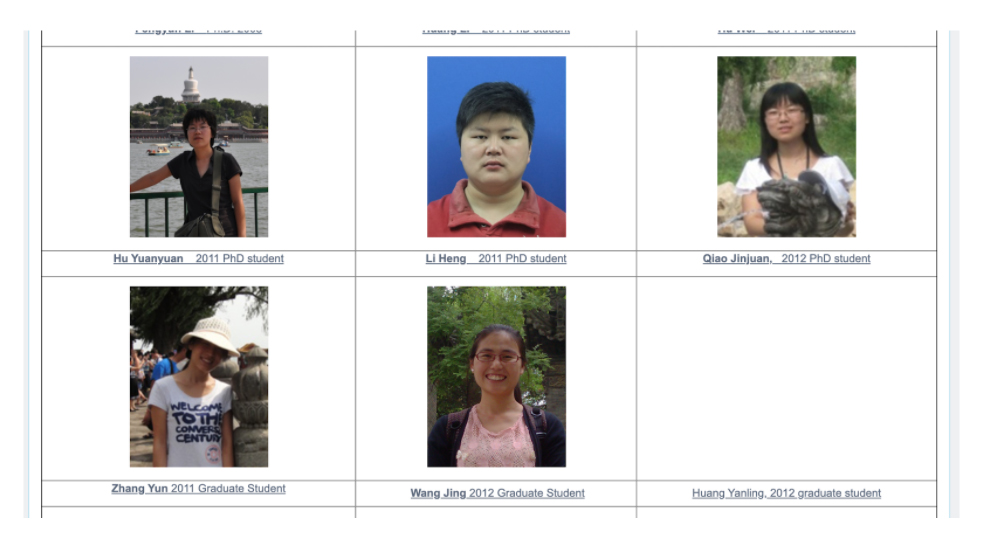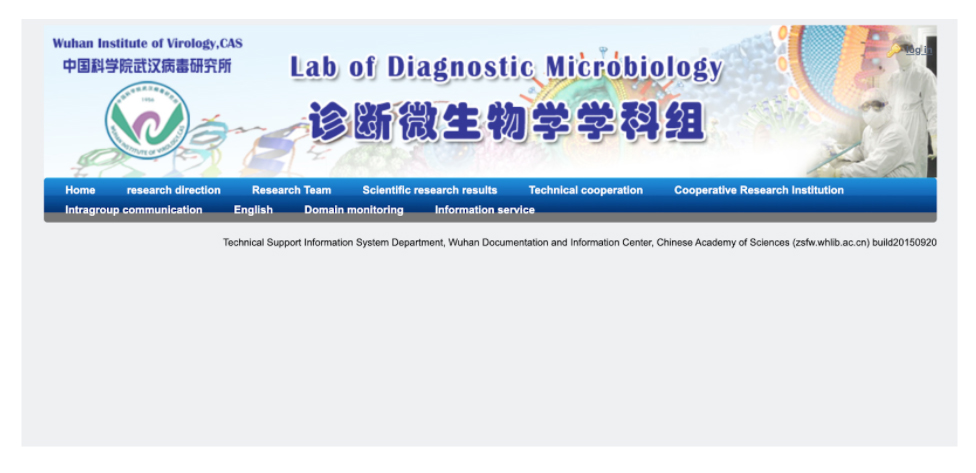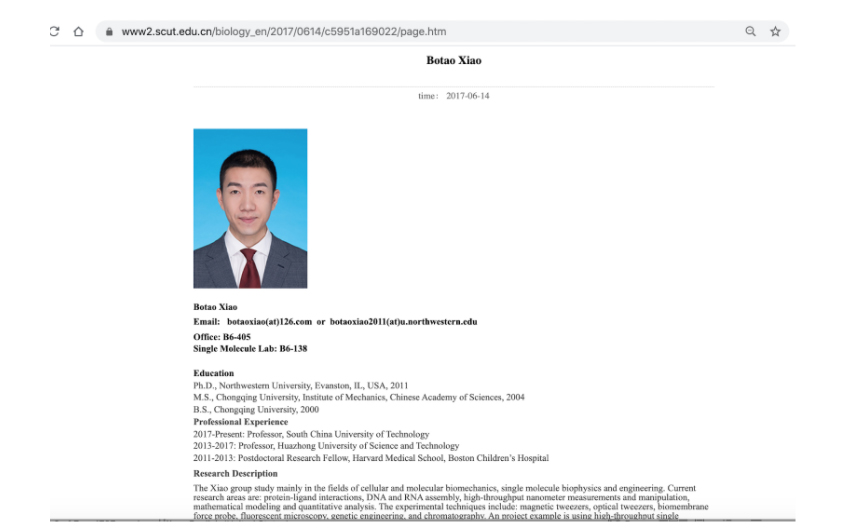As the novel coronavirus incubated in Wuhan from mid-December to mid-January, the Chinese state made evidently intentional misrepresentations to its
warontherocks.com
@Falcon29
CHINA IS LEGALLY RESPONSIBLE FOR COVID-19 DAMAGE AND CLAIMS COULD BE IN THE TRILLIONS
JAMES KRASKA
MARCH 23, 2020
COMMENTARY
As the novel coronavirus incubated in Wuhan from mid-December to mid-January, the Chinese state made evidently intentional misrepresentations to its people concerning the outbreak, providing
false assurances to the population preceding the approach of the Lunar New Year celebrations on Jan. 25. In mid-December, an outbreak of a novel influenza-like illness was traced to workers and customers of the city’s Huanan Seafood Wholesale Market, which contained exotic and wild animal species. On Dec. 26, multiple
Chinese news outlets released reports of an anonymous laboratory technician who made a startling discovery: The sickness was caused by a new coronavirus that was 87 percent similar to SARS, or Severe Acute Respiratory Syndrome.
Li Wenliang, an ophthalmologist at Wuhan Central Hospital, sounded the alarm in an online chatroom on Dec. 30. That night, Wuhan public health authorities solicited information on the emergence of a “pneumonia of unclear cause,” but omitted Li’s discussion about SARS or a novel coronavirus. Li and other medical professionals who tried to disclose the emergence of the virus were
suppressed or jailedby the regime. On Jan. 1, the state-run
Xinhua News Agency warned, “The police call on all netizens to not fabricate rumors, not spread rumors, not believe rumors.” Four days after Li’s chatroom discussion, officers of the Public Security Bureau forced him to sign a letter acknowledging he had made “
false comments,” and that his revelations had “severely disturbed the social order.” Li, who has become something of an
underground folk hero in China against chicanery by state officials, ultimately died of the disease. China silenced other doctors raising the alarm,
minimizing the danger to the public even as they were bewildered and overwhelmed.
State media suppressed information about the virus. Although authorities closed the Wuhan “wet market” at the epicenter of the contagion, they did not take further steps to stop the wildlife trade. By Jan. 22, when the virus had killed just 17 yet had infected more than 570 people, China tightened its suppression of information about the coronavirus that it deemed “
alarming,” and further
censored criticism of its malfeasance. “Even as cases climbed,
officials declared repeatedly that there had likely been no more infections.”
On Dec. 31, the Wuhan Municipal Health Commission falsely stated that there was
no human-to-human transmission of the disease, which it described as a seasonal flu that was “preventable and controllable.” On Feb. 1, the New York Times reported that “the government’s initial handling of the epidemic
allowed the virus to gain a tenacious hold. At critical moments, officials chose to put secrecy and order ahead of openly confronting the growing crisis to avoid public alarm and political embarrassment.”
Importantly, China
failed to expeditiously share information with the World Health Organization (WHO) on the novel coronavirus. For example, China waited until Feb. 14, nearly two months into the crisis, before it disclosed that
1,700 healthcare workers were infected. Such information on the vulnerability of medical workers is essential to understanding transmission patterns and to devise strategies to contain the virus. The experts at WHO were stymied by Chinese officials for data on hospital transmissions.
China’s failure to provide open and transparent information to WHO is more than a moral breakdown. It is also the breach of a legal duty that China owed to other states under international law, and for which injured states — now numbering some 150 nations — may seek a legal remedy.
Unfortunately, China’s evasions are part of the autocratic playbook, repeating its obstruction of information that
worsened the SARS crisis 18 years earlier. In that case,
China tried to cover up the SARS epidemic, which
led WHO member states to adopt the new International Health Regulations in 2005. In both cases, China and the world would have been spared thousands of unnecessary deaths had China acted forthrightly and in accordance with its legal obligations. Although China’s public health system has been modernized, observed Jude Blanchette, head of China Studies at the Center for Strategic and International Studies, its
political system has regressed.
International Health Regulations
As one of the 194 states party to the legally binding 2005
International Health Regulations, China has a duty to rapidly gather information about and contribute to a common understanding of what may constitute a public health emergency with potential international implications. The legally binding International Health Regulations were adopted by the World Health Assembly in 1969, to control six infectious diseases: cholera, plague, yellow fever, smallpox, relapsing fever, and typhus. The 2005 revision added smallpox, poliomyelitis due to wild-type poliovirus, SARS, and cases of human influenza caused by a new subtype, set forth in the second annex.
Article 6 of the International Health Regulations requires states to provide expedited, timely, accurate, and sufficiently detailed information to WHO about the potential public health emergencies identified in the second annex in order to galvanize efforts to prevent pandemics. WHO also has a mandate in Article 10 to seek verification from states with respect to unofficial reports of pathogenic microorganisms. States are required to provide timely and transparent information as requested within 24 hours, and to participate in collaborative assessments of the risks presented. Yet China
rejected repeated offers of epidemic investigation assistance from WHO in late January (and the U.S. Centers for Disease Control and Prevention in early February), without explanation. The Washington Post concluded in a story on Feb. 26 that China “
was not sending details that WHO officials and other experts expect and need.” While WHO later commended China for its efforts, Mara Pillinger of Georgetown’s O’Neill Institute for National and Global Health Law concluded that Beijing’s partial collaboration “
makes it politically tricky for WHO to publicly contradict” China while still getting at least some useful data from China.
China’s Legal Responsibility
While China’s intentional conduct is wrongful, is it unlawful? If so, do other states have a legal remedy? Under Article 1 of the International Law Commission’s 2001
Responsibility of States for Internationally Wrongful Acts, states are responsible for their internationally wrongful acts. This commission’s restatement of the law of state responsibility was developed with the input of states to reflect a fundamental principle of international customary law, which binds all nations. “Wrongful acts” are those that are “attributable to the state” and that “constitute a breach of an international obligation” (Article 2). Conduct is attributable to the state when it is an act of state through the executive, legislative, or judicial functions of the central government (Article 4). While China’s failures began at the local level, they quickly spread throughout China’s government, all the way up to Xi Jinping, the general secretary of the Chinese Communist Party. He is now being pilloried by Chinese netizens for his failures of action and inaction. The most prominent critic, Chinese tycoon Ren Zhiqiang, lambasted Xi for his mishandling of the coronavirus, calling him a “
power hungry clown.” Ren soon disappeared.
Responsibility flows from local Wuhan authorities to Xi himself, which are all organs of the state of China, and whose conduct is therefore attributable to China. An “organ of the state” includes any person or entities that are acting in accordance with national law. Even if China were to disavow conduct by local authorities or state media as not necessarily directly attributable to the national government, such actions nevertheless are accorded that status if and to the extent the state acknowledged and adopted the conduct as its own, as was done by the officials in Beijing (Article 11).
Wrongful acts are those that constitute a breach of an international obligation (Article 11). A breach is an act that is “not in conformity with what is required of it by that obligation … .” China’s failure to expeditiously and transparently share information with WHO in accordance with the International Health Regulations constitutes an early and subsequently extended breach of its legal obligations (Article 14). Consequently, China bears legal responsibility for its internationally wrongful acts (Article 28). The consequences include full reparations for the injury caused by the wrongful acts. China did not intentionally create a global pandemic, but its malfeasance is certainly the cause of it. An epidemiological model at the University of Southampton found that had China acted responsibly just one, two, or three weeks more quickly, the number affected by the virus would have been cut by
66 percent, 86 percent, and 95 percent, respectively. By its failure to adhere to its legal commitments to the International Health Regulations, the Chinese Communist Party has let loose a global contagion, with mounting material consequences.
The cost of the coronavirus grows daily, with increasing incidents of sickness and death. The mitigation and suppression measures enforced by states to limit the damage are
wrecking the global economy. Under Article 31 of the
Articles of State Responsibility, states are required to make full reparations for the injury caused by their internationally wrongful acts. Injuries include damages, whether material or moral. Injured states are entitled to full reparation “in the form of restitution in kind, compensation, satisfaction and assurances and guarantees of non-repetition” (Article 34). Restitution in kind means that the injured state is entitled to be placed in the same position as existed before the wrongful acts were committed (Article 35). To the extent that restitution is not made, injured states are entitled to compensation (Article 36), and satisfaction, in terms of an apology and internal discipline and even criminal prosecution of officials in China who committed malfeasance (Article 37). Finally, injured states are entitled to guarantees of non-repetition, although the 2005 International Health Regulations were designed for this purpose after SARS (Article 48). As the world continues to suffer the costs of China’s breach of its legal duties, it remains to be seen whether the injured states can be made whole.
No one expects that China will fulfill its obligations, or take steps required by the law of state responsibility. So, how might the United States and other nations vindicate their rights? The legal consequences of an internationally wrongful act are subject to the procedures of the Charter of the United Nations. Chapter XIV of the
charter recognizes that states may bring disputes before the International Court of Justice or other international tribunals. But the
principle of state sovereigntymeans that a state may not be compelled to appear before an international court without its consent. This reflects a general proposition in international law, and its fundamental weakness.
Still, injured states are not without remedy. Barring any prospect for effective litigation, states could resort to self-help. The law of state responsibility permits injured states to take lawful countermeasures against China by suspending their own compliance with obligations owed to China as a means of inducing Beijing to fulfill its responsibilities and debt (Article 49). Countermeasures shall not be disproportionate to the degree of gravity of the wrongful acts and the effects inflicted on injured states (Article 51). The choice of countermeasures that injured states may select is wide open, with only minimal limitations. For example, countermeasures may not involve the threat or use of force or undermine the human rights of China (Article 50). Except for these limitations, however, the United States and other injured states may suspend existing legal obligations or deliberately violate other legal duties owed to China as a means to induce Beijing to fulfill its responsibilities and address the calamitous damages it has inflicted on the world.
The menu for such countermeasures is as limitless as the extent that international law infuses the foreign affairs between China and the world, and such action by injured states may be individual and collective and does not have to be connected explicitly to the kind or type of violations committed by China. Thus, action could include removal of China from leadership positions and memberships, as China now chairs
four of 15 organizations of the United Nations system. States could reverse China’s entry into the World Trade Organization, suspend air travel to China for a period of years, broadcast Western media in China, and undermine China’s famous internet firewall that keeps the country’s information ecosystem sealed off from the rest of the world. Remember that countermeasures permit not only acts that are merely unfriendly, but also licenses acts that would normally be a violation of international law. But the limitations still leave considerable room to roam, even if they violate China’s sovereignty and internal affairs, including ensuring that Taiwanese media voices and officials are heard through the Chinese internet firewall, broadcasting the ineptness and corruption of the Chinese Communist Party throughout China, and reporting on Chinese coercion against its neighbors in the South China Sea and East China Sea, and ensuring the people of China understand the responsibility of the Chinese Communist Party in unleashing a global contagion.





